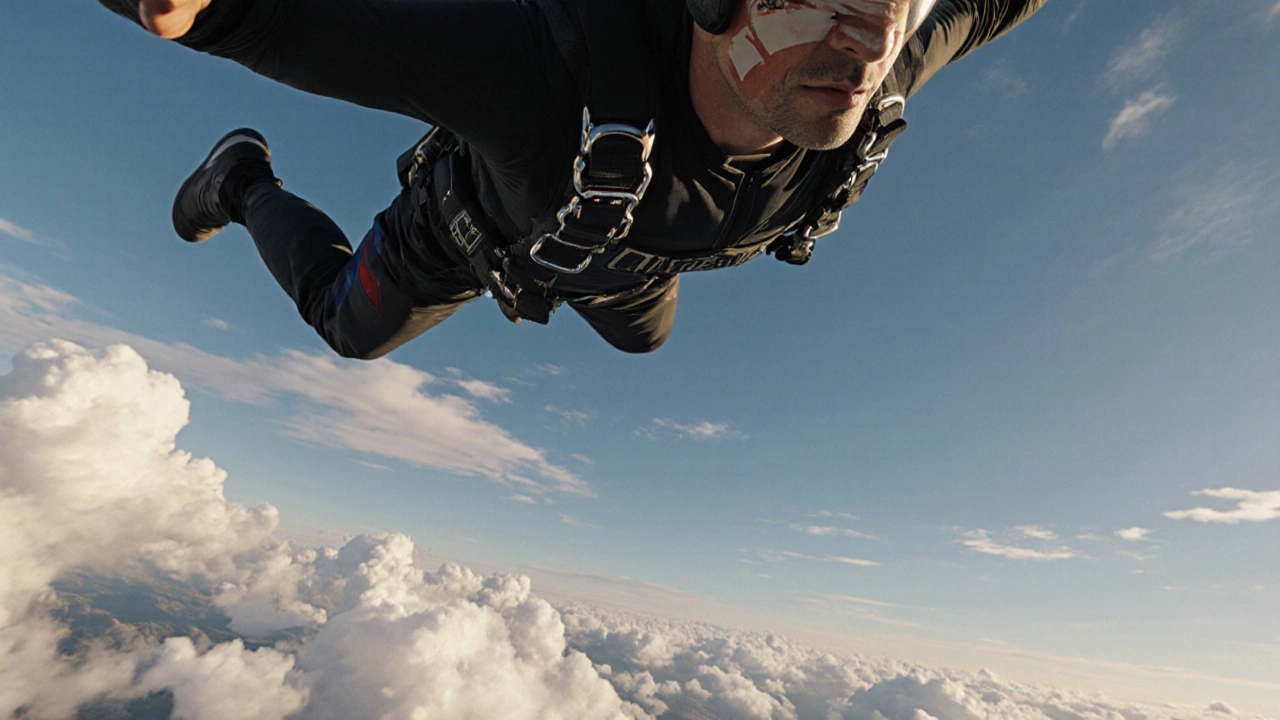SEARCH
Skydiving Accidents: Risks, Real‑World Stats, and Safety Tips
When dealing with skydiving accidents, unplanned events that happen during a jump, from gear glitches to human error, you quickly realize they’re not just headline fodder – they affect real people every year. Also known as jump mishaps, these incidents shape how the sport is regulated and taught.
Key Factors Behind Skydiving Accidents
Understanding the core causes starts with skydiving safety, the set of practices, equipment standards and training routines that keep jumpers out of trouble. The most common trigger is parachute failure, any malfunction of the main or reserve canopy, such as line twists or deployment delays. When a parachute doesn’t open correctly, the risk of a serious incident spikes dramatically. Another crucial piece is emergency procedures, the swift actions a jumper must take, like cutting away a bad main and deploying the reserve. Mastering these steps can turn a near‑disaster into a survivable event.
Statistics from national skydiving bodies show that roughly 0.003% of jumps end in a major accident, but each case receives intense scrutiny. accident investigation, the systematic review of incident reports, video footage, and equipment logs, helps pinpoint exact failure points. These investigations feed back into training curricula, prompting updates to skydiving safety guidelines and equipment certifications. In practice, this means newer harness designs, stronger reserve parachutes, and stricter weather minimums.
For a beginner, the biggest mistake is skipping proper ground school. A solid foundation in body position, exit timing, and canopy control reduces the chance of a loss‑of‑control scenario—a frequent contributor to accidents. Experienced jumpers also benefit from regular refresher courses; skills degrade without practice, and newer regulations may introduce unfamiliar procedures. Think of it like a driver’s license renewal – you keep the knowledge fresh and the reflexes sharp.
Equipment checks are another non‑negotiable habit. Before every jump, a thorough inspection of the rig, lines, and deployment bag catches wear and tear that could lead to a parachute failure. Many clubs use a checklist that covers container integrity, reserve packing date, and altimeter battery health. Skipping even a single step can create a chain reaction that ends in an accident.
Weather plays a silent but powerful role. Sudden wind shifts, turbulence, or low clouds can push a jump into unsafe territory. Modern skydiving centers rely on real‑time meteorological data and set strict wind‑speed limits. When conditions exceed those limits, the safe choice is to postpone or cancel the jump – a decision that saves lives more often than not.
All these pieces – rigorous training, equipment diligence, weather awareness, and quick emergency response – weave together to lower the odds of a skydiving accident. Below you’ll find a curated set of articles that dive deeper into each factor, share real case studies, and offer actionable checklists you can start using today.

Skydiving Fatality Rate: How Safe Is It Really?
Explore the true skydiving fatality rate, see how India compares to global stats, and learn practical safety tips to keep your jumps safe.
Continue reading